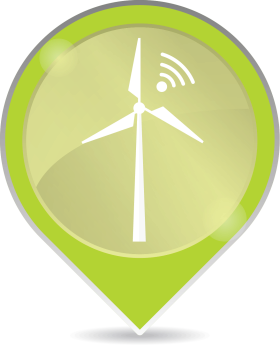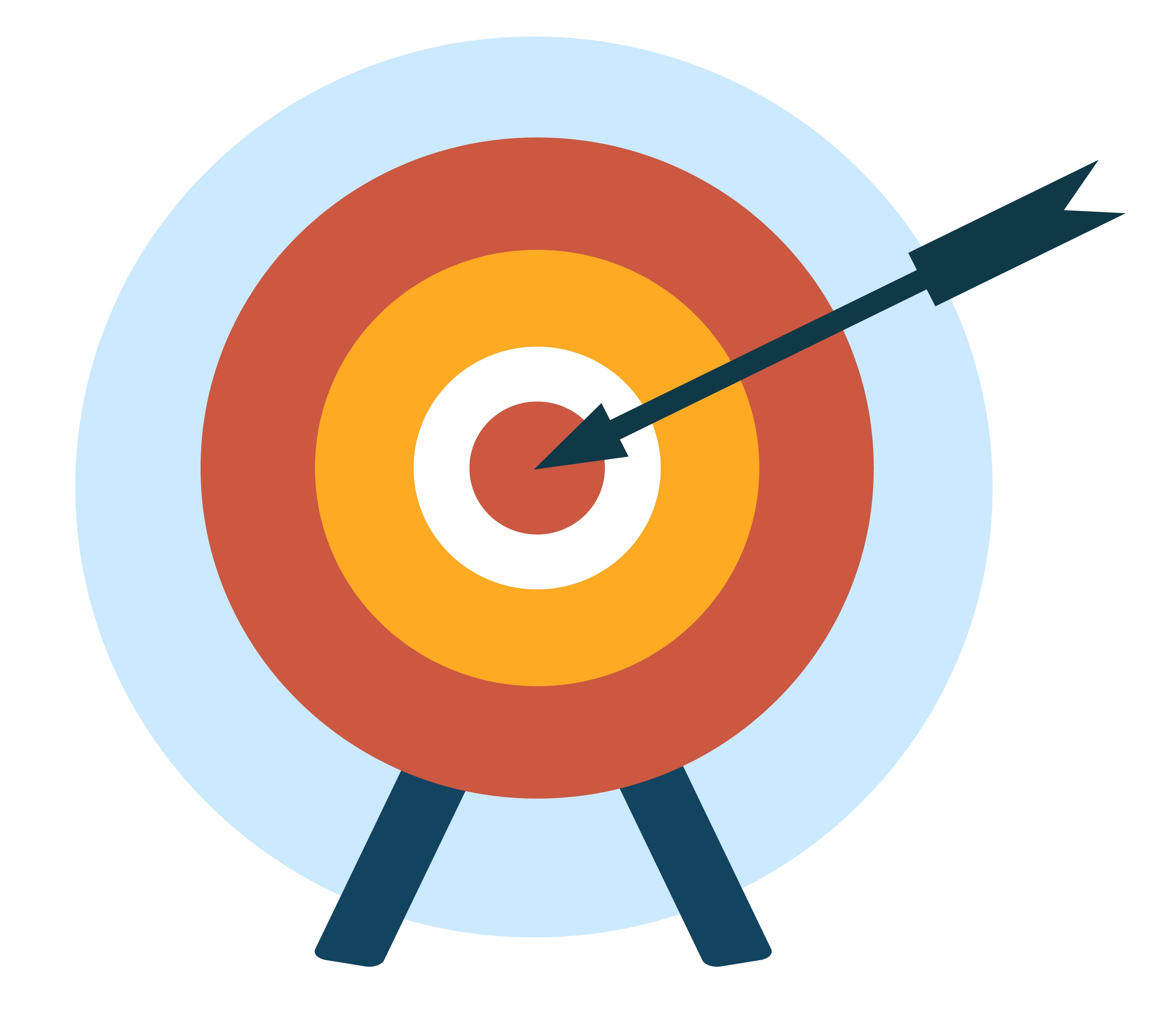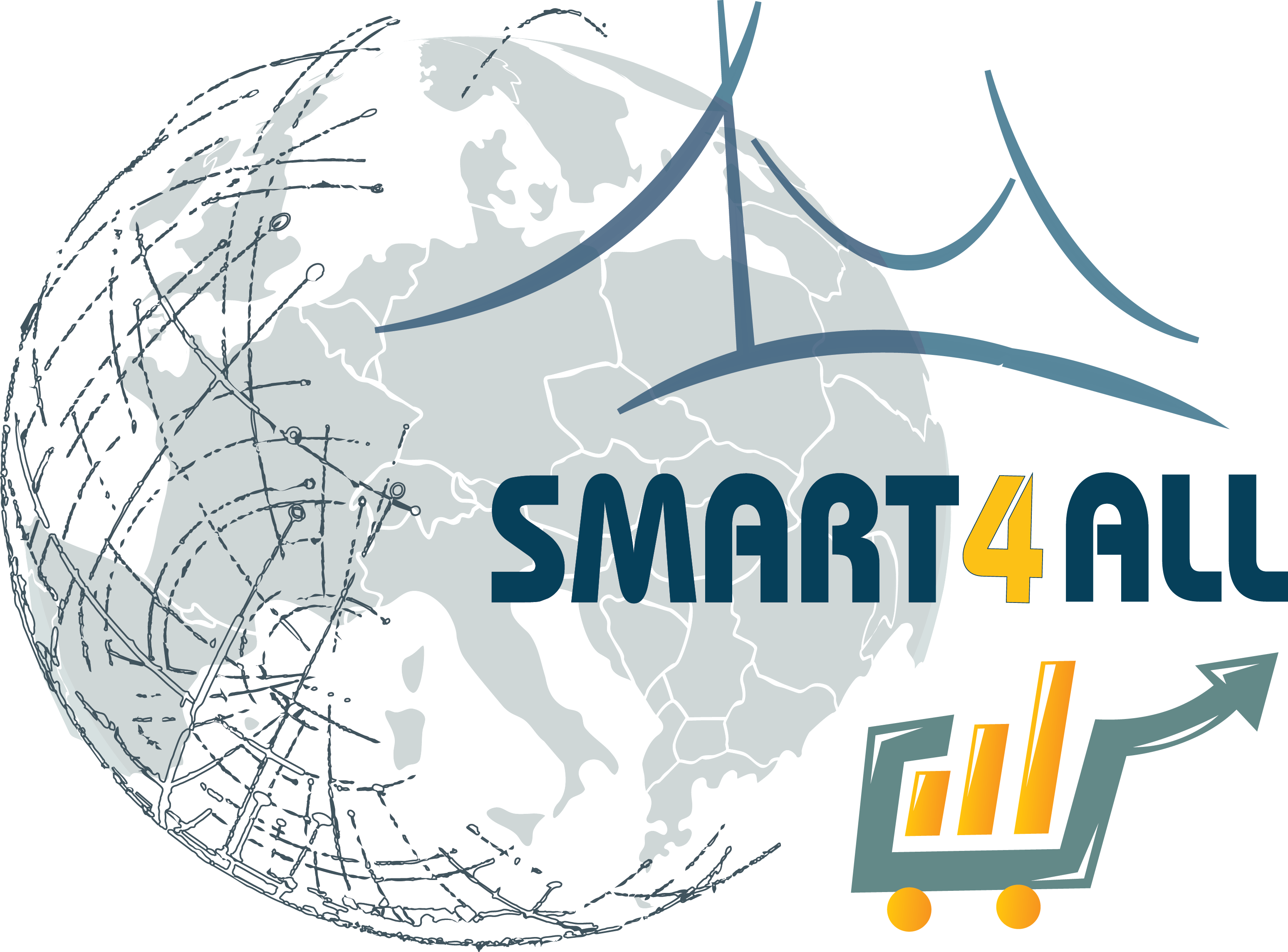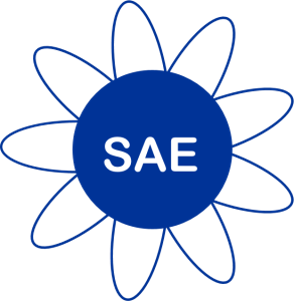BleText
 Digitized Anything
Digitized Anything
Consortium: AVN lts - Cyprus / PIKEI - New Technologies - Greece
Funded by: Internal Experiment

The objectives of the project, as outlined in the document, focus on enhancing the capabilities and market appeal of smart textiles through the development of sophisticated Bluetooth Low Energy (BLE) communication systems. Here are the detailed objectives:
- Enhance BLE Communication: The primary objective is to develop and refine the process of transferring data from smart textiles to mobile devices like smartphones and tablets. This involves both the hardware and software aspects of BLE technology to ensure efficient, secure, and reliable communication.
- Technology Integration: Integrate advanced IoT capabilities into smart textiles, enabling them to communicate and function as part of a larger network of devices. This includes the use of development tools and platforms like nRF52810 SoC, Android Studio, and Xcode.
- Market Fit Development: Customize the product to meet the specific needs of the sportswear market, ensuring that the technology can be easily integrated into the manufacturing process of sportswear and deliver value-added features to end-users.
- Capability Building: Address previously missing competencies, particularly in wireless communication and software integration, which were identified as barriers in earlier stages of development.
- Standardization and Certification: Undertake necessary standardization or certification activities to ensure that the product meets industry standards and can be trusted by partners and consumers.
- Dissemination and Market Engagement: Engage with potential B2B customers through presentations and demonstrations at relevant events (e.g., hackathons, industry meetings) to promote the new features and capabilities of the smart textiles.
- Achieve Higher Technology Readiness Level (TRL): Move the TRL from 4 to 8, indicating that the technology has evolved from a low-fidelity prototype in a lab environment to actual system completions and qualifications.
Several challenges were identified in the project:
- Technical Competency: Initially, there was a lack of necessary skills for implementing effective BLE communication.
- Integration Complexity: Integrating BLE technology with diverse operating systems like iOS and Android while ensuring reliable data transfer.
- Market Adoption: Developing a product that meets the specific needs of sportswear manufacturers and convincing them of the benefits of smart textiles.
The core technology involves:
- Smart Textiles: Integration of sensor technology within fabric to monitor various parameters.
- Internet of Things (IoT): The textiles are part of the IoT ecosystem, communicating data to other devices.
- Bluetooth Low Energy (BLE): Utilized for efficient, low-power communication between the textile and other devices.
- Development Tools: Including the NRF52840-DONGLE, nRF Connect, and development platforms like Android Studio and Xcode.
The targeted market segment is B2B, specifically aiming to partner with sportswear manufacturers. The product is intended to add value to businesses by enabling smart clothing that can communicate effectively with user devices, providing data-driven insights for sports and fitness applications. This could potentially expand to other markets such as rehabilitation for the elderly or disabled.



